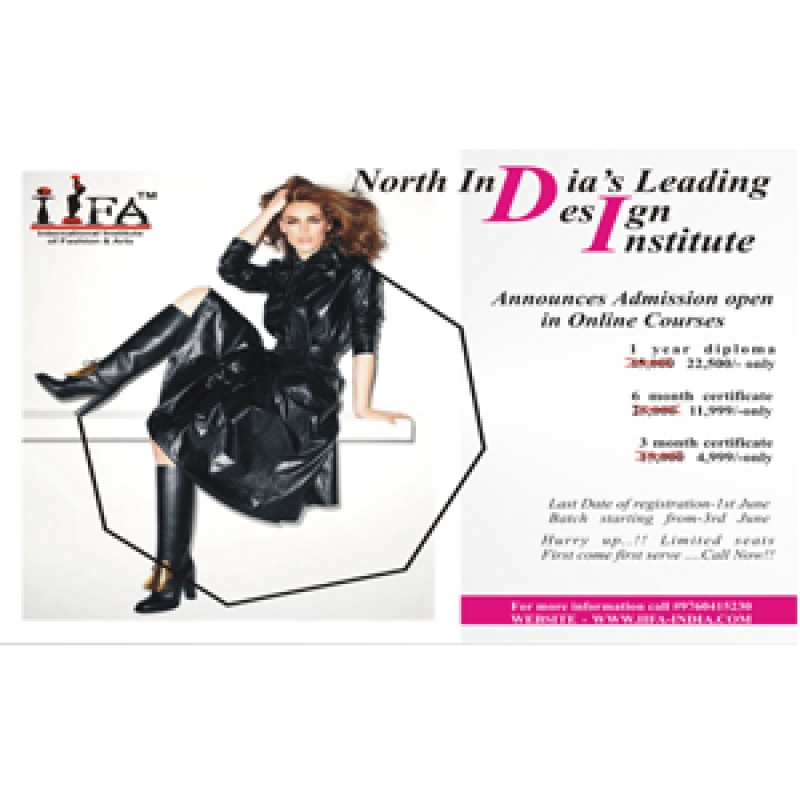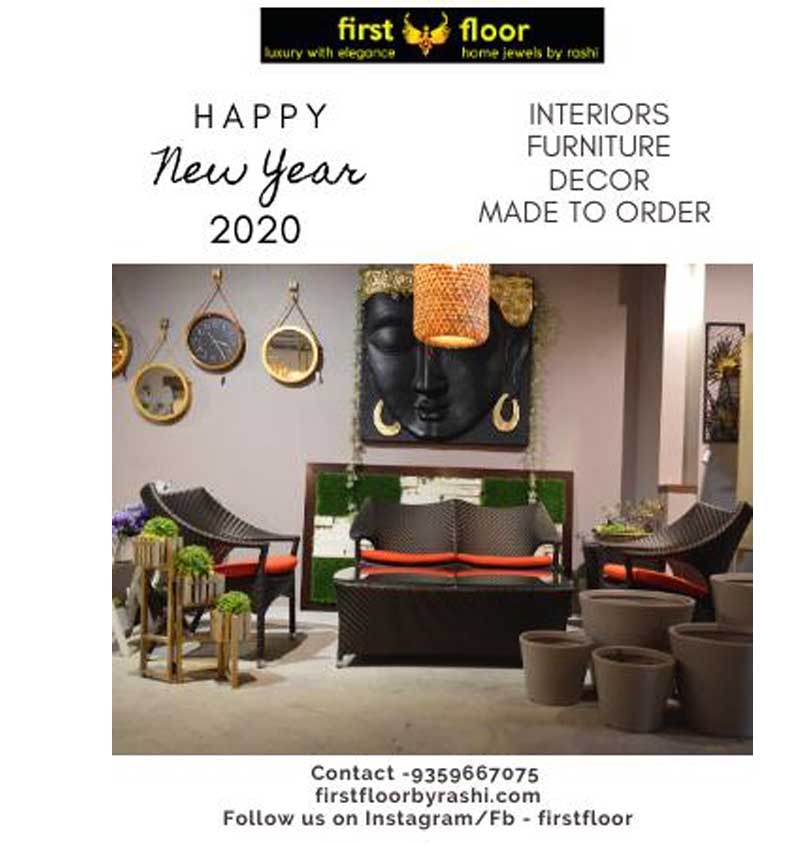The Power of Clothing: Identity and Self-Expression
Clothing is an essential tool for self-expression. From the casual jeans-and-t-shirt look to a formal business suit, the clothes we wear allow us to showcase our personality and individuality. Fashion choices can reflect not just external factors like the occasion or the season but also deeper aspects like mood, confidence, and even the desired social status.
Psychologically, clothing serves as a form of non-verbal communication. People often use fashion to express their values, interests, and even cultural identity. For example, someone who embraces sustainable fashion might wear clothes made from eco-friendly materials to communicate their commitment to environmental issues. In contrast, someone who follows trends closely may choose to wear the latest designs to signal their affiliation with a specific social group or to convey a sense of modernity.
The Psychology of Color
Color plays a significant role in fashion psychology, as different hues can evoke specific emotions and associations. Psychologists have long studied how colors influence mood and behavior. For instance:
-
Red: Often associated with passion, energy, and power, red clothing can give the wearer a sense of confidence and authority. It’s a color that commands attention, which is why it’s frequently seen in power suits and attention-grabbing outfits.
-
Blue: Known for its calming and trustworthy qualities, blue is often associated with professionalism and stability. It’s a color that conveys competence and reliability, making it a popular choice for business attire.
-
Black: Symbolizing elegance, sophistication, and formality, black is a versatile and timeless color. It can exude power and authority but also create a sense of mystery or intrigue.
-
Yellow: Associated with positivity, happiness, and creativity, yellow can uplift the mood of both the wearer and those around them. However, in large amounts, it can also invoke anxiety or caution.
The psychological impact of color goes beyond individual preferences. When people wear certain colors, they often feel a boost in confidence or find themselves more motivated to act in ways that align with the color’s psychological properties.
The "Enclothed Cognition" Theory
A critical concept in fashion psychology is the theory of "enclothed cognition," introduced by psychologists Hajo Adam and Adam Galinsky in 2012. This theory suggests that the clothes we wear not only affect how others perceive us but also influence our own psychological state and cognitive processes. Essentially, the garments we put on can change the way we think and feel.
For instance, research has shown that wearing formal clothing, such as a suit, can enhance abstract thinking and improve cognitive flexibility, making individuals feel more confident and capable of tackling complex problems. In contrast, wearing casual attire might foster a more relaxed and comfortable mindset. This effect highlights the powerful connection between clothing and our mental state. Even something as simple as wearing a uniform can evoke specific behaviors and attitudes, depending on the symbolism attached to it.
Fashion and Social Perception
Clothing has a profound influence on how we are perceived by others. The way we dress can impact our social interactions, job prospects, and even our relationships. Studies have shown that people make judgments about others based on their attire within seconds of meeting them. This phenomenon, known as the "halo effect," occurs when one positive or negative trait (such as wearing expensive clothing) disproportionately influences how a person is evaluated overall.
For example, a person dressed in business attire might be perceived as more competent and trustworthy, while someone in casual or sloppy clothing might be viewed as less professional or less capable. This highlights the role fashion plays in shaping social dynamics and how we navigate the world.
However, this can also work in reverse. As fashion trends evolve, so do the perceptions associated with certain styles of clothing. A person dressed in "alternative" fashion, for instance, may be perceived as creative or rebellious. Conversely, someone sporting high-fashion labels may be associated with wealth or status. The way individuals choose to dress allows them to manage and control their image, demonstrating the power of fashion in the construction of self-identity and social perception.
Clothing as Emotional Armor
Beyond the obvious external perceptions, clothing also acts as a psychological shield for the wearer. People often use fashion to protect themselves emotionally or to present a specific persona to the world. For example, wearing bold, colorful outfits may help someone assert confidence, while choosing muted, neutral tones could convey a desire to blend in and avoid attention.
For many, fashion can also be a form of escapism or a coping mechanism. Clothing can provide a sense of comfort during stressful times, offering familiarity and security. This is why people often find themselves gravitating toward particular outfits during times of emotional upheaval or change.
The Link Between Fashion and Mental Health
Fashion and mental health are closely intertwined. For some individuals, dressing in a way that reflects their identity or current emotional state can improve their sense of well-being and self-esteem. The simple act of getting dressed in clothes that feel good can help alleviate symptoms of depression or anxiety, fostering a sense of normalcy and control.
On the other hand, there is also a dark side to fashion psychology. Society’s pressure to conform to idealized beauty standards can have detrimental effects on self-esteem and body image. The fast-paced nature of the fashion industry, with its ever-changing trends and emphasis on perfection, can lead to anxiety and self-doubt, particularly among those who struggle to keep up with the latest trends or feel left out of certain fashion movements.
Conclusion
Fashion psychology reveals the intricate relationship between clothing, identity, and emotions. What we wear is not just a reflection of external influences but also a reflection of our inner selves. Whether it’s a suit that boosts our confidence, a colorful dress that makes us feel joyful, or a favorite sweatshirt that brings comfort, fashion plays a crucial role in shaping our thoughts, behaviors, and interactions with others.
By understanding the psychology behind our fashion choices, we can harness the power of clothing to create positive self-perceptions, enhance social connections, and feel more in tune with ourselves. Fashion is not just about trends or appearances; it’s a deeply personal and psychological journey. So next time you pick out an outfit, take a moment to reflect on how it makes you feel and what it says about who you are.



















Your Message